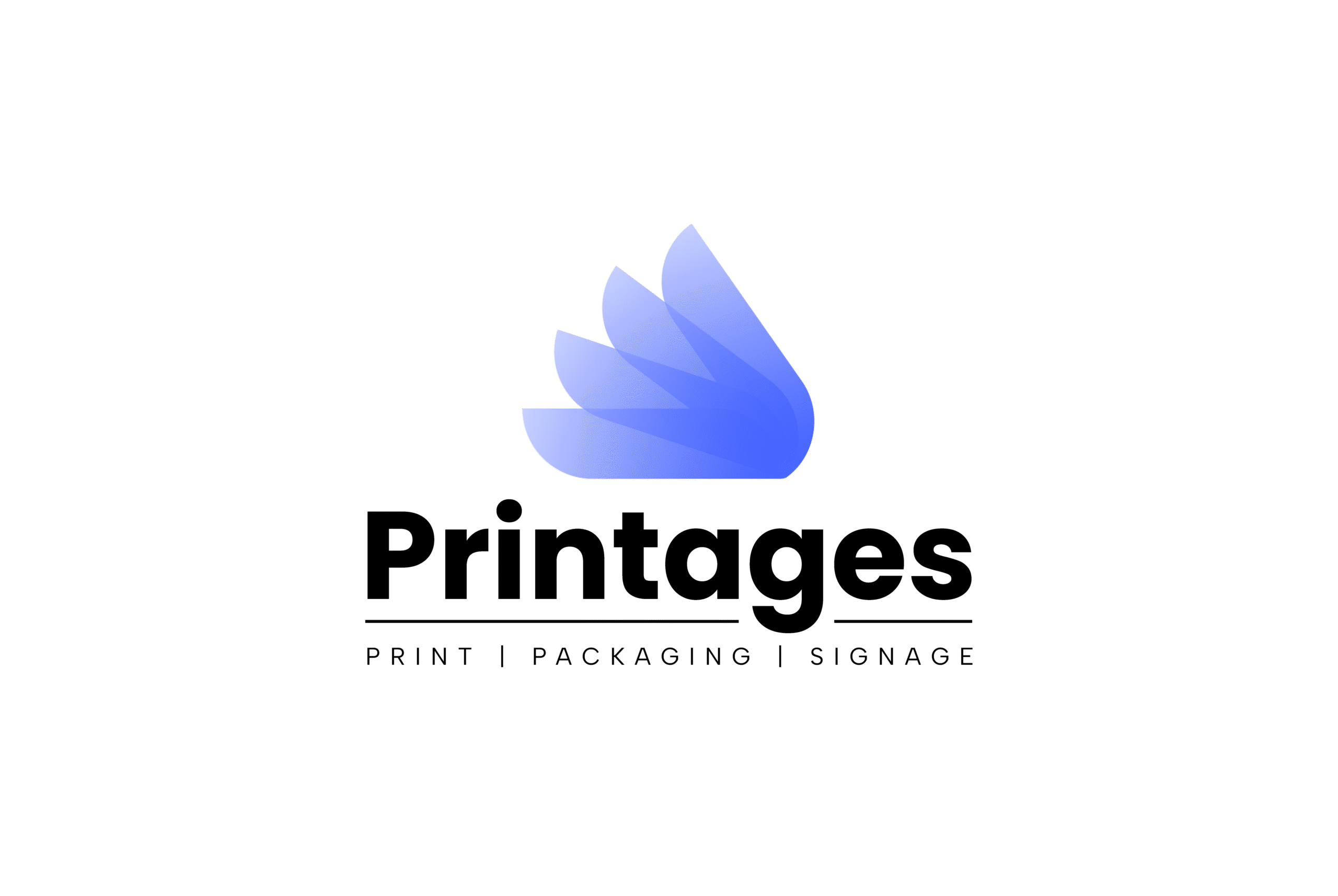What is an Acrylic Sign Board? Enhance Brand Visibility
In the realm of modern business, establishing a strong brand presence is paramount to success. Among the myriad tools available to achieve this, Acrylic Sign Boards are versatile, attention-grabbing solutions that elevate your brand’s visibility and leave a lasting impression on your target audience.
This blog will dive deep into the many advantages of acrylic signs, revealing how they have the power to elevate your brand to new heights.
Below are the topics we’ll discover in this blog post:
- What is an Acrylic Sign Board?
- Why is Acrylic Used for Signs?
- Pros of Acrylic Sign Boards
- Cons of an Acrylic Sign Board
- How to Make an Acrylic Sign Board?
- How to Make an Acrylic LED Sign Board?
- What is the Difference Between Acrylic and PVC Signs?
- What is the Acrylic Sign Board Price in Pakistan?
What is an Acrylic Sign Board?

Acrylic signs are made from acrylic, which is a type of thermoplastic derived from acrylic acid or its derivatives. Acrylic is also known by its trade names, such as Plexiglass, Lucite, or Perspex. It’s a transparent, lightweight, and durable material commonly used in various applications, including signage, displays, furniture, and more. Acrylic signs can be fabricated through processes like laser cutting, engraving, or molding to create customized designs tailored to specific needs.
Acrylic sign boards are favored for their clarity, weather resistance, and customizable nature, making them suitable for both indoor and outdoor applications. They can be found in retail stores, offices, exhibitions, and public spaces, serving as effective tools for conveying messages and enhancing brand visibility.
Why is Acrylic Used for Signs?
Acrylic has become the preferred choice for signage, both in the UK and worldwide, due to its exceptional qualities. Businesses are increasingly turning to acrylic signs to distinguish themselves in competitive markets.
These signs are versatile, serving effectively for both indoor and outdoor purposes. They not only capture attention but also offer long-lasting durability, ensuring a reliable signage solution for businesses of any scale.
In essence, acrylic signs offer the perfect blend of attention-grabbing appeal and resilience, making them a top choice for businesses aiming to make a lasting impression in today’s bustling commercial landscape.
Pros of Acrylic Sign Boards:
Acrylic signs offer a plethora of advantages, making them a popular choice for businesses seeking versatile and durable signage solutions. One of their key benefits lies in their versatility, which allows them to fit into various environments seamlessly. Whether indoors or outdoors, acrylic signs provide a unified and professional appearance for businesses.
Moreover, their durability sets them apart from other signage materials. Acrylic office signs, for example, can withstand the elements outdoors while maintaining their integrity and aesthetic appeal. This longevity translates into a wise investment for businesses, sparing them the hassle and cost of frequent replacements.
Additionally, acrylic signs boast numerous other advantages, including:
- Customizability: Acrylic signs can be tailored to meet specific branding requirements, with options for various shapes, sizes, colors, and finishes.
- Illumination Options: Acrylic signs offer endless possibilities for illumination, from backlighting to edge lighting, enhancing visibility and attractiveness.
- Lightweight: Despite their durability, acrylic signs are lightweight, facilitating easy handling, transportation, and installation.
- Ease of Installation: Installing acrylic signs is a straightforward process, minimizing downtime and disruption for businesses.
- Professional Appearance: Acrylic signs exude professionalism and attractiveness, elevating the overall aesthetic appeal of any space.
In essence, acrylic emerges as an invaluable signage material for businesses, offering versatility, durability, customization, and aesthetic appeal across a wide range of applications, from office door plaques to outdoor signage resistant to the elements.
Cons of an Acrylic Sign Board:
Despite their many advantages, acrylic sign boards do have some downsides that businesses should be aware of.
For instance, acrylic signs are prone to scratching more easily than comparable glass options. However, the good news is that acrylic can be restored more easily than glass through polishing. It’s essential to avoid using rough materials like sandpaper, as they can cause further damage to acrylic surfaces.
Another potential issue with acrylic is its susceptibility to staining from oil and grease. Fortunately, cleaning acrylic signs is a straightforward process using water and a mild detergent without causing any damage to the acrylic itself.
One consideration to keep in mind is the upfront cost of acrylic compared to other materials like glass. While acrylic may require a larger initial investment, it proves to be a durable and cost-effective solution in the long run, especially for signage needs ranging from internal office door signs to outdoor retail signage.
In summary, while acrylic sign boards offer numerous benefits, businesses need to be aware of potential drawbacks, such as their susceptibility to scratching and staining. However, with proper care and maintenance, these issues can be mitigated, making acrylic a reliable and long-lasting signage solution.
How to Make an Acrylic Sign Board?

Making an acrylic sign board involves several steps, including planning, designing, fabrication, and installation. Here’s a streamlined overview of the process:
1. Design Planning:
Determine the purpose, size, and design of the acrylic sign board. Consider factors such as location, visibility, and branding requirements.
2. Material Selection:
Choose the appropriate thickness and type of acrylic for the sign board. Acrylic sheets are available in various colors, finishes, and transparency levels.
3. Design Creation:
Design the sign board using graphic design software or collaborate with a graphic designer to incorporate text, images, logos, and branding elements.
4. Printing or Vinyl Cutting:
Depending on the design, the graphics can be printed directly onto the acrylic sheet using UV printing technology or applied as vinyl decals using a plotter cutter.
5. Cutting and Shaping:
Use a laser cutter or CNC router to cut the acrylic sheet to the desired shape and size. This step may also include drilling holes for mounting hardware or creating dimensional elements.
6. Finishing Touches:
Polish the edges of the acrylic sheet to achieve a smooth and professional finish. Remove any protective film or masking tape from the surface.
7. Assembly:
If the sign board consists of multiple layers or components, assemble them using adhesive or mounting hardware.
8. Mounting:
Install the acrylic sign board in its intended location using suitable mounting hardware. Ensure that it is securely attached and positioned for maximum visibility.
9. Testing and Inspection:
Once installed, test the functionality and appearance of the sign board. Make any necessary adjustments or touch-ups to ensure they meet quality standards.
10. Maintenance:
Regularly clean and maintain the acrylic sign board to preserve its appearance and longevity. Use a mild detergent and water to remove dirt, dust, and fingerprints.
By following these steps, you can create a high-quality acrylic sign board that effectively communicates your message and enhances your brand’s visibility.
How to Make an Acrylic LED Sign Board?
LED acrylic signs offer a contemporary twist on traditional neon signage, providing a glass-like effect with optimal light diffraction. This modern approach not only enhances the visibility of the sign but also adds to its aesthetic appeal.
Crafting LED acrylic signs involves several steps. Firstly, the desired shape is cut from the acrylic material, followed by hollowing out the letters or shapes to accommodate the LEDs.
While some businesses opt to round the edges of the acrylic for a traditional neon sign look, others prefer to maintain sharp edges for a contemporary aesthetic.
Next, the shapes can be powder coated or vinyl can be attached to achieve the desired color. LEDs are then inserted into the inside edge of the sign, typically backed by acrylic or aluminum to protect the LEDs and ensure longevity.
As an alternative to neon signage, LED acrylic signs offer a compelling solution. They captivate attention using low-energy LEDs while maintaining the quality and durability of the acrylic base. This combination makes LED acrylic signs an excellent choice for businesses looking to make a bold statement with their signage.
What is the Difference Between Acrylic and PVC Signs?
Acrylic and PVC (Polyvinyl Chloride) are both popular materials used for signage, but they have distinct differences. Here’s a table outlining the key differences between acrylic and PVC signs:
| Feature | Acrylic Signs | PVC Signs |
| Material Composition | Made from acrylic thermoplastic | Made from polyvinyl chloride (PVC), |
| Appearance | Clear and glossy | Matte or satin finish, available in various colors |
| Durability | Resistant to UV radiation, less prone to yellowing or fading | Durable, resistant to weather and corrosion, may degrade when exposed to prolonged sunlight |
| Flexibility | Relatively rigid | More flexible and can be bent or shaped to some extent |
| Cost | Typically more expensive | Generally more cost-effective |
What is the Acrylic Sign Board Price in Pakistan?
The price of acrylic sign boards in Pakistan can vary depending on several factors, such as size, design complexity, material thickness, and any additional features like illumination. Generally, smaller and simpler acrylic sign boards may cost less compared to larger or more intricate designs.
As of my last update, the price range for acrylic sign boards in Pakistan could start from around PKR 500 to PKR 2000 or more for standard sizes and designs. However, prices may vary significantly based on individual requirements and customization options.
Conclusion:
In conclusion, acrylic sign boards offer businesses a versatile, durable, and visually appealing signage solution for both indoor and outdoor applications. Their clarity, weather resistance, and customization options make them a popular choice for enhancing brand visibility and communication.
While acrylic signs have numerous benefits, it’s essential to consider potential drawbacks, such as their susceptibility to scratching and staining. However, with proper care and maintenance, these issues can be managed effectively, ensuring the longevity and effectiveness of acrylic signage.
Additionally, LED acrylic signs provide a modern twist on traditional signage, offering enhanced visibility and aesthetic appeal with low-energy LED lighting.
Overall, acrylic signs serve as valuable tools for businesses seeking to make a lasting impression and stand out in today’s competitive marketplace. With their versatility, durability, and customizable nature, acrylic sign boards remain an indispensable asset for effective branding and messaging strategies.
FAQs:
What is an acrylic sign?
Acrylic signs are crafted from a flexible, translucent polymer that resembles glass. However, unlike glass, acrylic is significantly less prone to breaking, making it a preferred choice for its durability, especially in outdoor environments.
What is acrylic used for shop signs?
Commonly employed as a glass alternative, acrylic boasts optical clarity and delivers a striking “glass effect.” Acrylic neon signs further enhance visibility through effective light diffraction, enabling businesses to command attention and make a bold statement.
Are acrylic signs waterproof?
Acrylic signs exhibit remarkable water and chemical resistance. Unlike many other materials, acrylic maintains its integrity even when exposed to UV light, ensuring longevity. For instance, wood signs may fade when subjected to direct sunlight.
What material is an acrylic sign made of?
Sign-grade acrylic plastic is specifically designed to offer exceptional resistance against the weathering effects of prolonged sunlight exposure. Coupled with its high-impact characteristics, acrylic plastic proves to be an excellent choice for both indoor and outdoor signage applications, especially in high-traffic areas.
What is the purpose of acrylic?
In contemporary times, acrylic finds extensive use across diverse applications ranging from lenses, acrylic nails, and paint to medical devices, furniture, and LCD screens. Its exceptional clarity makes acrylic a preferred material for storage tanks, enclosures around exhibits, and windows, offering both transparency and durability.
Contact Us:
For expert acrylic signboard service solutions, connect with us via:
WhatsApp = +92332-720-2706
Facebook = Printages
Instagram = Printages.smc
Find us: Click here for directions


